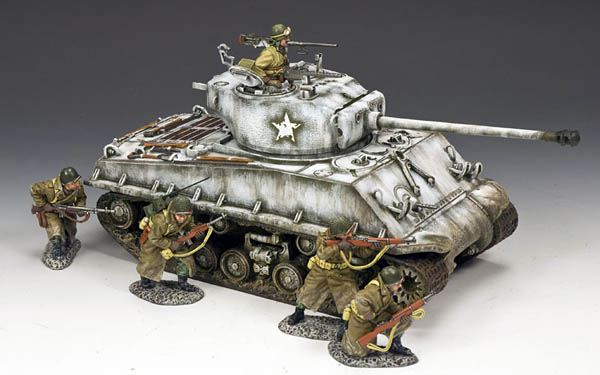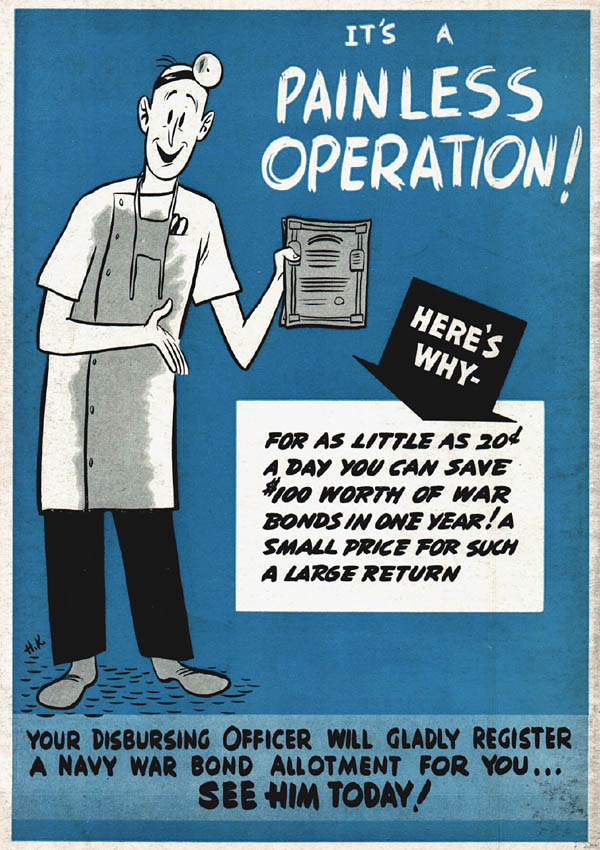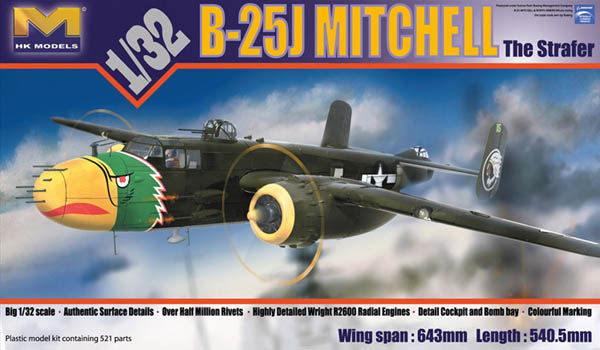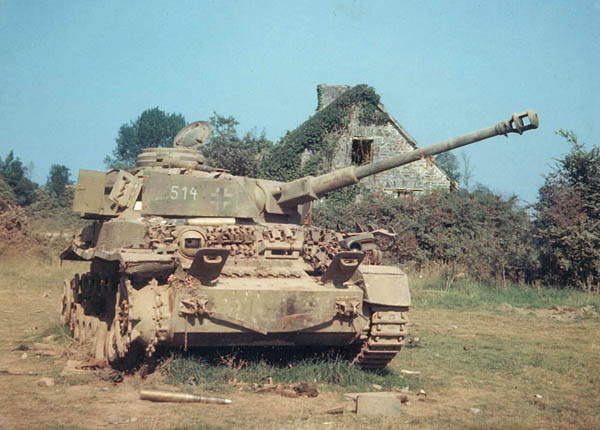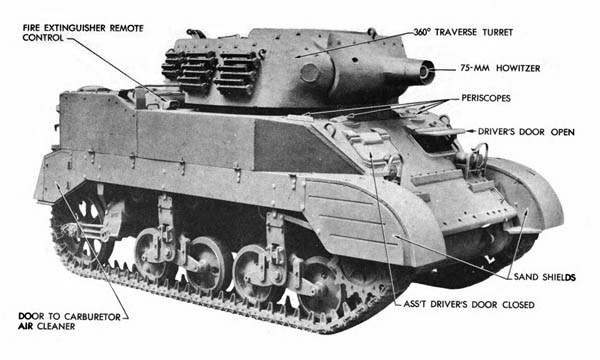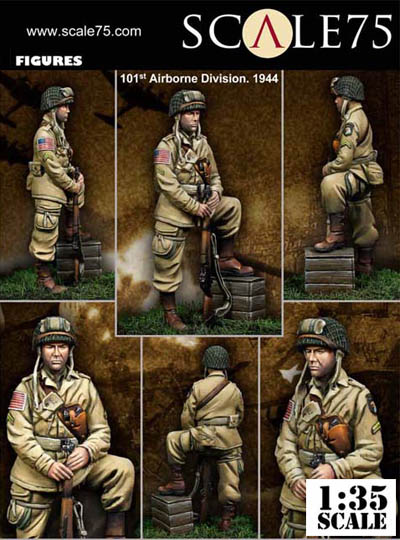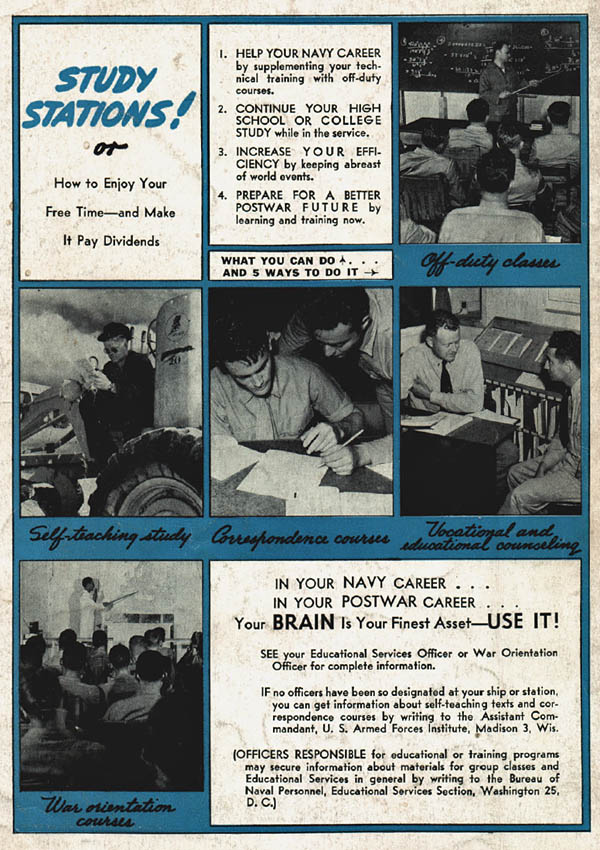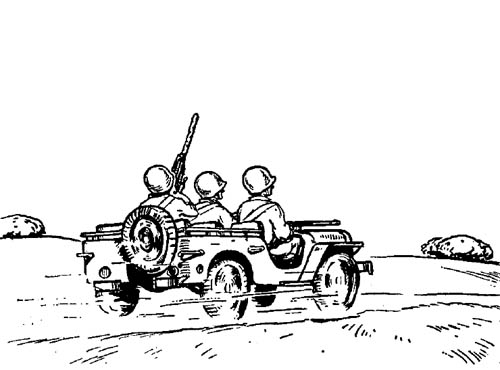The story of an unsuccessful B-24 attack on Japanese shipping in the Bismarck Sea from Informational Intelligence Summary, No. 44-5, Office of the Assistant Chief of Air Staff, Intelligence, Washington, D.C., February 1944.
B-24 RECONNAISSANCE IN THE BISMARCK SEA
The primary function of a reconnaissance patrol is the gathering of information and safe return of the plane.
The following narrative report of a single B-24 in the Bismarck Sea area, which was diverted from its primary reconnaissance mission to attack enemy shipping, emphasizes this principle.
The report of this mission should be a lesson to crew members in what to avoid on a reconnaissance mission. Crew members are usually briefed that their primary job on a reconnaissance mission is to obtain the desired information. This function has been compared with ground reconnaissance in which patrols are sent out into hostile territory to observe what they can and return home without being seen by the enemy. While reconnaissance planes carry bombs in the event that unusual targets of opportunity present themselves, a safe return home is Rule Number One.
One of our B-24s left Dobodura at 0806 on 23 December 1943 to observe the enemy’s shipping lanes in the Bismarck Sea area. The recent feverish attempt of the Japanese to reinforce their New Britain bases made it likely that important enemy shipping would be located. A bomb load of 2 x 1,000-lb. general purpose bombs was carried.
Nothing of consequence occurred until about 1640 when the B-24 was about 30 miles northeast of the Japanese airfield at But. The crew sighted a freighter-transport of about 1200 tons close to shore near But, which appeared to be a tempting target, and the B-24 turned back to attack it. They felt reasonably safe from interception as there was about 4/10 cloud cover from 3,000 to 5,000 feet.
The ship was less than a mile off the Japanese airfield runway at But, moving very slow inshore. Two bombing approaches were made at 3,500 feet and each time intervening clouds prevented release of bombs. At that point in the attack the Japanese antiaircraft guns at But opened up from four points. While the fire was not intense, one burst unfortunately hit the bomb bay. The radio operator was standing there and received a severe leg wound.
The pilot wisely decided to retire before interception came from one of the local enemy fields. About five minutes later, at 1710, while the plane was at an altitude of 4,000 feet, a ZEKE and a HAMP appeared. All crew members were on the alert and in readiness. The HAMP made a pass from high one o’clock, pressed it to 100 yards, and broke off in a Split “S”. His attack was successful for his pass cost us a B-24 and a crew member. Raking right down the side of the airplane, he shot out the No. 3 engine, hydraulic system and interphone, killed one waist gunner and slightly wounded the other. At the same time the ball turret gunner collected three bullets in his leg.
Continue reading →
